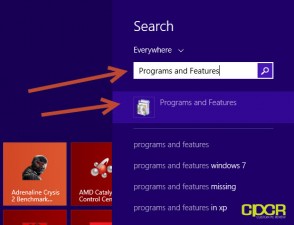
When it’s done, AMD graphics card will disappear from the list. Then, type devmgmt.msc in the field and click OK.Ģ) Double-click Display adapters to expand the list.ģ) Right-click your AMD graphics card (In my case, it’s AMD Radeon RX 570) and click Uninstall device.Ĥ) Tick Delete the driver software for this device, and click Uninstall. Simply go to Device Manager, a Windows built-in tool for viewing and controlling hardware, to do this.ġ) On your keyboard, press the Windows logo key and R at the same time to open the Run dialog. Step 1 – Uninstall AMD drivers in Device Managerįirst off, you need to remove the AMD drivers completely from your PC. The system should now boot properly using onboard video.The screenshots below come from Windows 10, but the method also applies to Windows 7, 8 and 11. Physically remove the graphics card and connect your display adapter to the onboard video. Remove the Graphics Card and Boot the System Then, remove the rpmfusion-nonfree repository: rpm -erase rpmfusion-nonfree-release-18.noarch If there are any packages returned, uninstall them with yum erase. This is optional, but you might want to remove the rpmfusion-nonfree repository if you no longer need it.įirst, identify if there are any other packages installed from that repository: yum list installed | grep rpmfusion-nonfree However, there is a possibility that file is empty if you have been using onboard video. If you know this to be a working nf file you can revert back to it. The aticonfig command will have created a backup nf file in /etc/X11 with a file name such as -0. This will remove the nf file created by the aticonfig -initial -f command during installation.


The following command will create a new /boot/initramfs-%\n" kernel | tail -n 1) yum erase akmod-catalyst akmods kmodtool xorg-x11-drv-catalyst xorg-x11-drv-catalyst-libs

If you do not want to uninstall packages manually, yum history is a very useful command to rollback package installs. Run the following command to uninstall the packages mentioned above. Version 13.4-2 of the akmod-catalyst package installs the following dependencies: 86_64 the packages listed above, the following are the relevant packages to remove if you want to uninstall the AMD Catalyst Proprietary Driver: 86_64 AMD Catalyst Proprietary Driver Uninstall Repository Packages

What follows are the steps I took to uninstall AMD’s proprietary Catalyst driver from Fedora 18. In the event you want to uninstall the proprietary driver, sometimes it is not as straight forward as it should be because there is no documentation. Installing a proprietary graphics driver installs a lot of packages and dependencies.


 0 kommentar(er)
0 kommentar(er)
